Container trailers are indispensable to the transportation industry, offering a robust solution for transporting goods across great distances. However, with the convenience they provide comes the paramount responsibility of ensuring the security of cargo. In this extensive guide, we delve into how to lock a container trailer effectively, ensuring that your goods remain secure throughout their journey.
Understanding the Importance of Locking Container Trailers
The transportation of goods via semi-trailers, specifically container trailers, is fraught with risks. Theft, tampering, and damage can lead to significant financial losses and operational disruptions. Locking your container trailer correctly is not merely a recommendation; it is an essential aspect of safeguarding your business assets.
Key Statistics Highlighting the Need for Security
| Statistical Insight | Data |
|---|---|
| Annual cargo theft incidents | Over 200,000 |
| Average loss per theft incident | $175,000 |
| Percentage of shippers affected | Over 57% |
These statistics underscore the critical nature of effective security measures for container trailers.
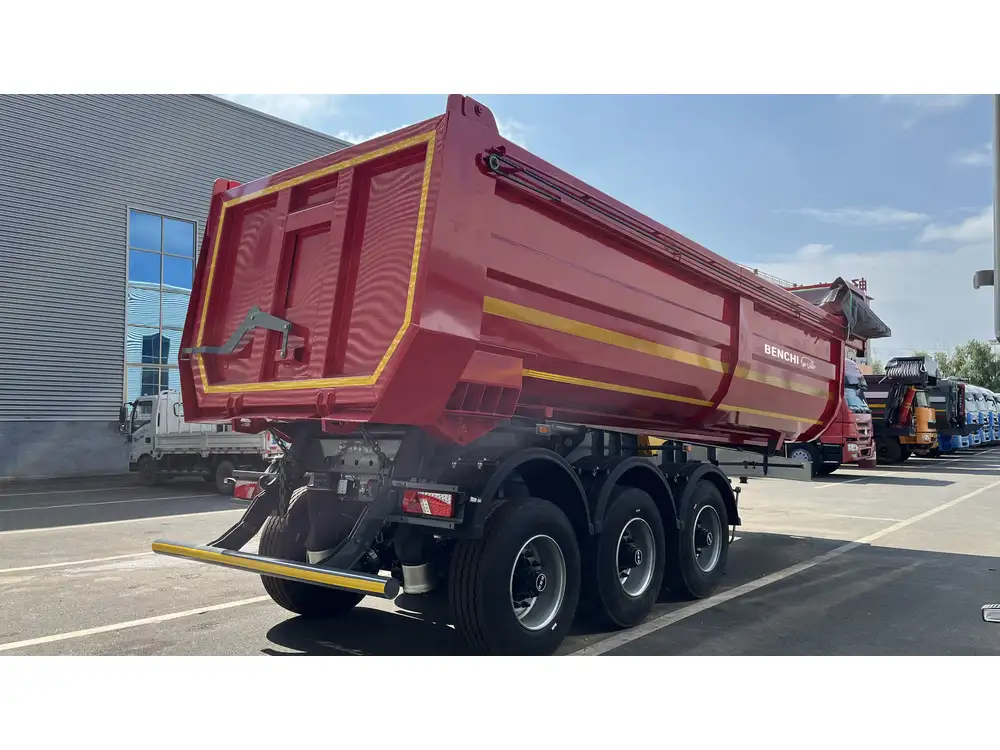
Types of Locks for Container Trailers
When it comes to locking container trailers, not all locks are created equal. Understanding the types available can help in making an informed decision. Here’s a detailed breakdown of the options:
1. Padlocks
- Pros: Versatile, easily replaceable, available in various sizes.
- Cons: Can be cut with bolt cutters; security depends on quality.
2. Bolt Locks
- Construction: Heavy-duty metal bolt lock systems that secure trailer doors.
- Pros: High security, difficult to tamper with.
- Cons: Requires a specific unlocking mechanism; not suitable for all trailer types.

3. Cable Locks
- Usage: Ideal for lightweight cargo or additional security layers.
- Pros: Flexible application, can secure multiple items.
- Cons: Less effective against hydraulic tools.
4. Lockable Door Handles
- Mechanism: Built-in locking mechanisms within the trailer’s door handles.
- Pros: Convenient, reduces the need for additional locks.
- Cons: Can be compromised if not properly maintained.
5. Combination Locks
- Functionality: Lock that uses a numeric code to unlock.
- Pros: Keyless entry reduces the risk of losing keys.
- Cons: Code can be forgotten or improperly set.

6. GPS Tracking Locks
- Advanced Tech: Locks equipped with GPS for real-time tracking.
- Pros: Provides additional security through location tracking.
- Cons: Typically more expensive and requires battery maintenance.
Best Practices for Securing Your Container Trailer
Now that we understand the various locking mechanisms available, it’s crucial to implement best practices for the effective use of these locks.
Selecting the Right Lock
- Evaluate Needs: Assess the value and type of cargo you are transporting.
- Research Options: Invest in high-quality locks that offer resistance to common tampering methods.
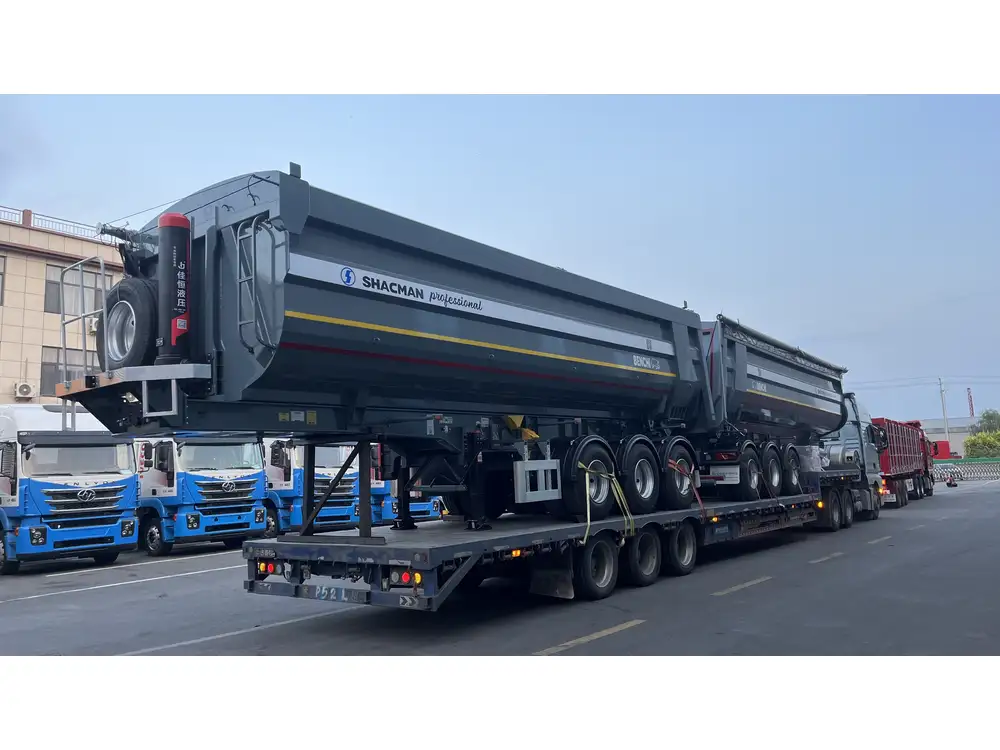
Proper Installation
- Follow Instructions: Adhere carefully to the manufacturer’s installation guidelines.
- Regular Maintenance: Inspect locks periodically and replace any that show signs of wear.
Additional Security Measures
- Use Multiple Lock Types: Implement a layered security approach (e.g., using a padlock in conjunction with a bolt lock) for enhanced protection.
- Secure Vulnerable Points: Remember to lock all possible entry points, including side doors and access hatches.
Be Aware of Surroundings
- Choose Safe Parking Locations: Whenever possible, park in well-lit, monitored areas.
- Utilize Security Equipment: Consider using surveillance cameras or motion sensors in loading and unloading areas.
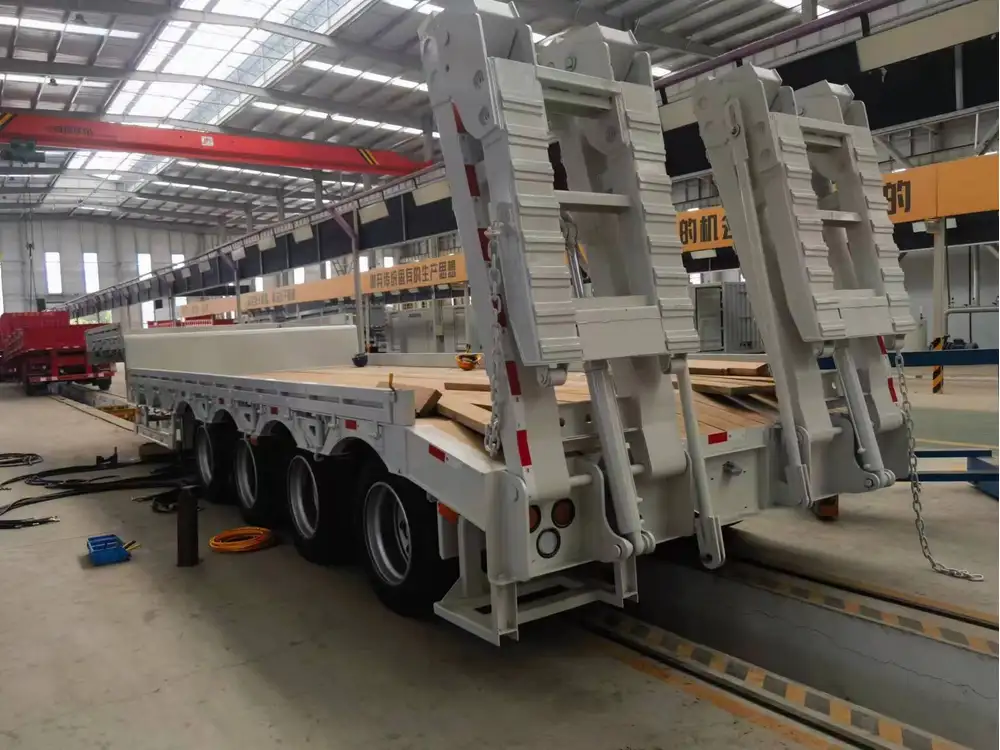
Step-by-Step Process for Locking a Container Trailer
Following a systematic approach can enhance the efficacy of your locking procedures. The below steps outline a straightforward method for locking your container trailer securely.
Step 1: Inspect Your Container Trailer
Before locking, conduct a thorough inspection of your trailer for any risks:
- Look for any signs of wear or damage on the doors and locking mechanisms.
- Ensure that no cargo has shifted and can obstruct the locking process.
Step 2: Select the Appropriate Lock
Choose the most suitable locking method based on your inspection findings and the value of cargo:
- For high-value goods, opt for bolt locks or GPS tracking locks.
- For routine shipments, heavy-duty padlocks can suffice.
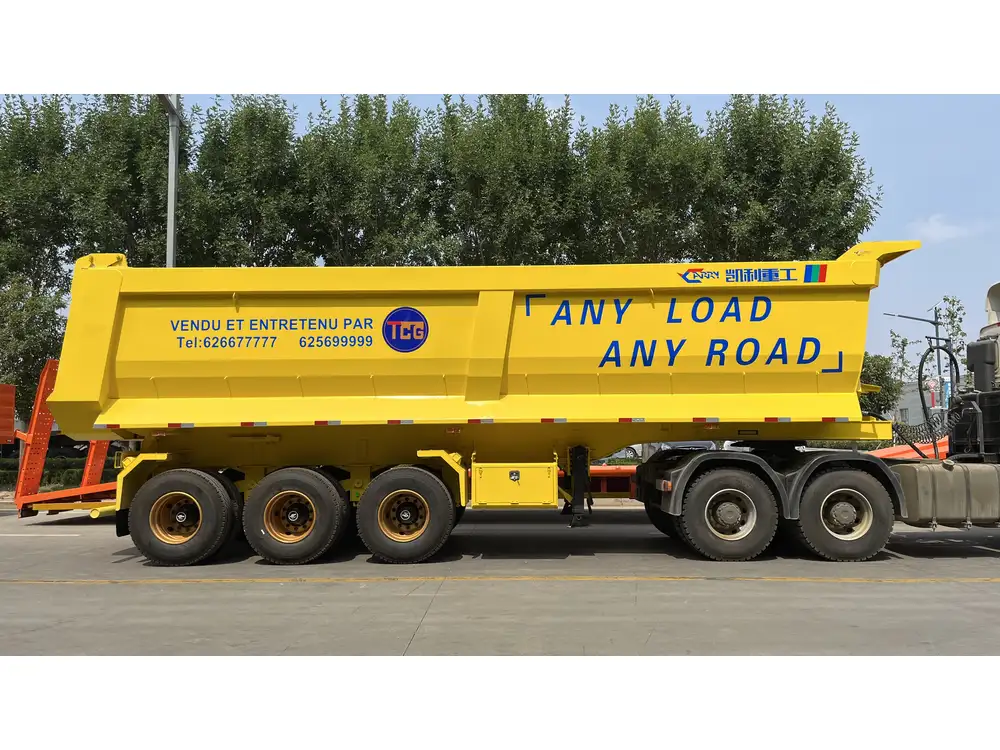
Step 3: Lock the Doors Securely
For Padlocks:
- Close the Door: Ensure that the trailer doors are fully shut.
- Insert the Lock: Place the padlock through the latch or lock mechanism.
- Secure: Close the shackle of the padlock firmly, ensuring that it clicks in place.
For Bolt Locks:
- Align the Lock: Position the bolt lock in the designated area on the trailer.
- Engage the Lock: Push down the bolt to secure it into place.
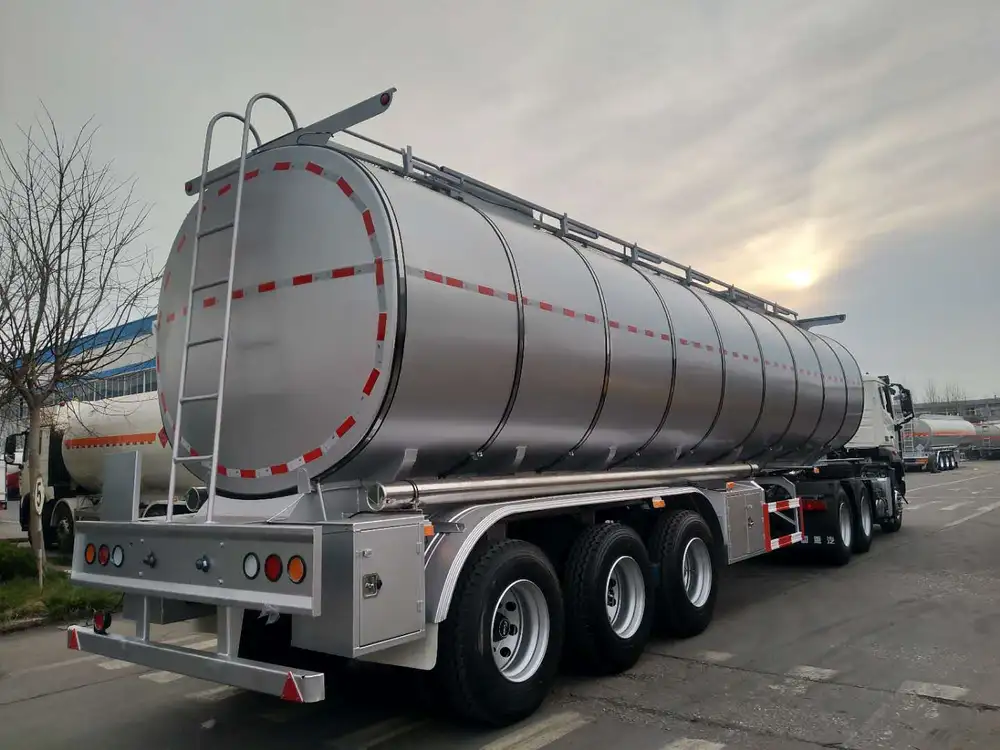
Step 4: Check the Lock Mechanism
After locking:
- Test the Lock: Give the lock a gentle tug to ensure it cannot be easily removed.
- Check Door Security: Confirm that doors cannot be opened or pried apart.
Step 5: Monitor for Tampering
Using advanced technology such as alarm systems or GPS tracking can provide continuous oversight:
- Set up alerts to notify you of unauthorized access attempts.
Advanced Security Options for Container Trailers
Beyond traditional locking methods, various advanced security solutions can provide additional layers of protection.

1. Biometric Locks
These locks utilize fingerprint recognition, ensuring that only authorized personnel can access the trailer.
2. Smart Locks
Incorporating Bluetooth or Wi-Fi technologies, smart locks can be operated via smartphones, allowing remote access control.
3. Alarm Systems
Integrate alarm systems that trigger notifications in case of unauthorized access attempts.

4. Container Security Seal
These seals offer visible tamper-proof capabilities and should be inspected regularly.
Summary: Securing Your Container Trailer
In the world of logistics and transport, securing a container trailer stands as a crucial endeavor to prevent losses and protect business interests. By adopting various locking mechanisms and adhering to best practices, transport companies can significantly reduce risks. The combination of traditional locks with advanced technologies enhances cargo security, providing peace of mind throughout the shipping journey.
Quick Reference Checklist
| Locking Procedure | Action Items |
|---|---|
| Lock Type Selection | Choose based on cargo value and risk |
| Pre-Lock Inspection | Assess condition of trailer and locks |
| Lock Engagement | Ensure doors are fully closed and locks secure |
| Continuous Monitoring | Utilize tech for alerts and surveillance |
Investing time and resources into securing your container trailers is an investment in the future of your business. By understanding the nuances of locking mechanisms, employing best practices, and exploring advanced security options, you equip your operations with the resilience needed to thrive in a competitive landscape. Make security an integral part of your operations, ensuring that your cargo reaches its destination safe and sound.



